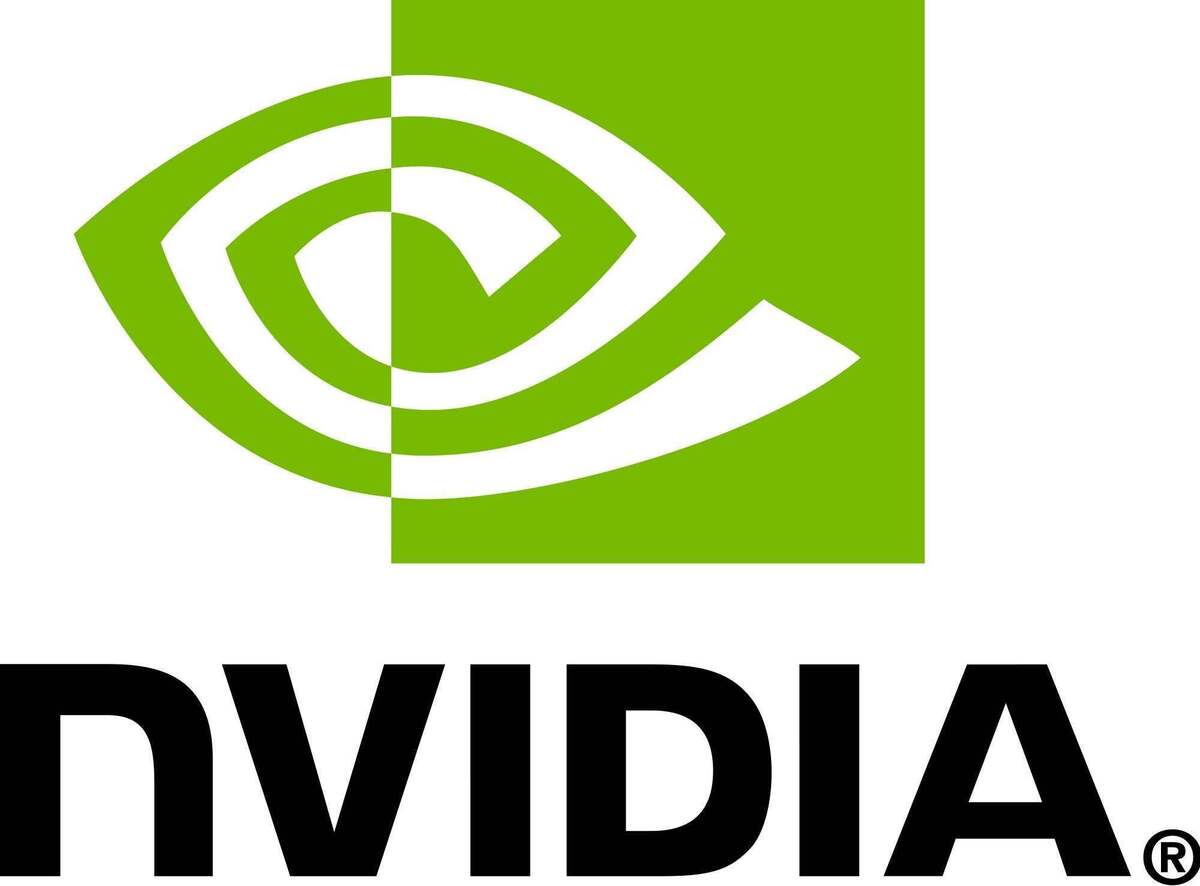- Apple Intelligence hasn't lived up to my expectations, but these 3 upgrades could win me back
- Samsung launches One UI 8 beta - what's new and how to join
- I invested in a subscription-less smart ring, and it beat my Oura in several ways
- HPE Aruba unveils raft of new switches for data center, campus modernization
- I tested the $17 multitool that everyone's buying on Amazon - here's my verdict after a week
Will Nvidia give up on the Arm deal?

Nvidia may be about to do something it never does: give up.
The chip giant is finally ready to throw in the towel on its proposed acquisition of Arm Holdings after vociferous opposition by UK regulators, according to a report from Bloomberg (paywalled).
First announced in September 2020, the deal has dragged on due to almost immediate opposition from UK entities. Arm Holdings is a British company but owned by Japanese tech giant Softbank. Laden with debt, Softbank wanted to unload Arm to someone better suited to manage the company, and Nvidia stepped forward.
Nvidia’s critics said the company would play favorites if it had the Arm IP, which would destroy Arm’s business model and reputation. Arm and Nvidia said as much in a 29-page response to the UK’s Competition and Markets Authority (CMA), which was reviewing the deal.
An Nvidia spokesperson issued the following statement via e-mail: “We continue to hold the views expressed in detail in our latest regulatory filings–that this transaction provides an opportunity to accelerate Arm and boost competition and innovation.”
Nvidia and Arm’s letter to the CMA seems to be falling on deaf ears, and there has been no easing of opposition coming from China, either. The word is that smaller tech players there don’t object, but larger companies like Huawei and ZTE do.
Arm would be the loser
Scuttling the merger only harms Arm. Nvidia loses nothing, it has an Arm license already so can keep using Arm architectures in its chips. Softbank wants to unload Arm and will do so one way or another. There is the potential for an IPO, but that won’t give Arm the cash infusion an acquisition would give since most of the investment would go to Softbank.
In the his response to the CMA, Arm CEO Simon Segars said, “We contemplated an IPO but determined that the pressure to deliver short-term revenue growth and profitability would suffocate our ability to invest, expand, move fast, and innovate.”
And as long as the deal is pending, the acquired company’s assets and strategy go into a sort of limbo. The company is limited in what it can do because of the potential impact on its business and hence, valuation. And investors don’t want a company stuck in limbo. Meanwhile Arm is being squeezed on the low end by RISC-V and on the high end by Intel and AMD.
The enterprise impact would be minimal. Five years ago there was interest in Arm as a server solution because customers wanted an alternative to Intel. Well, they got it: AMD. Revitalized by the Zen architecture, AMD once again became a viable alternative to Intel, and software ports weren’t required, as they were for Arm. So interest in Arm on the server petered out.
The one major fabless chip maker using an Arm architecture license to produce enterprise chips, Ampere, innovates on Arm designs without having to wait for Arm to do it.
One analyst theorized that this comes down to the Brits not wanting Arm in the hands of an American company. No problem with a Japanese firm owning it, though.
Copyright © 2022 IDG Communications, Inc.

